HP’s history of innovation: The ten products that changed everything
In the last 79 years HP has gone from a garage startup to a tech giant – and these are the products which made it happen
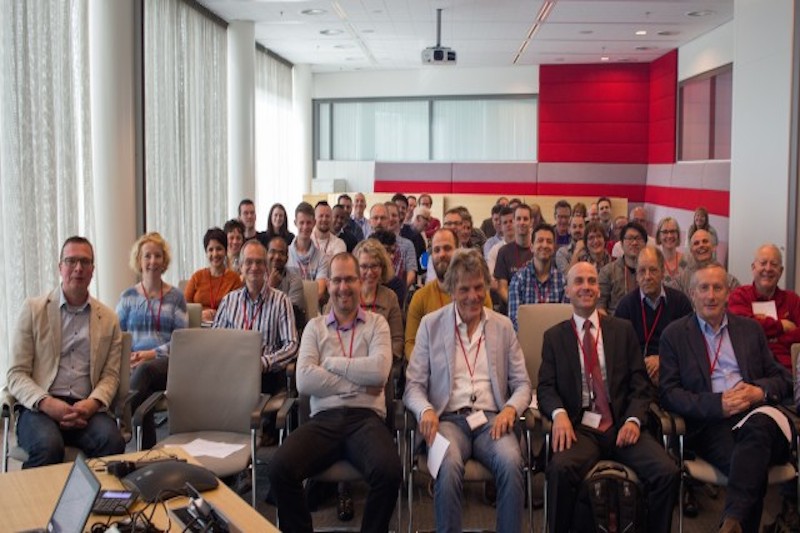

If HP had been formed in the noughties, it would be a perfect example of the ambitious startup culture that underpins today's tech industry. In the 78 years since the company received its first $538 investment and set up shop in a small, wooden Palo Alto garage, it's grown to become one of the most influential tech companies in the world.
The brainchild of William Redington Hewlett and David Packard, Hewlett-Packard first made its name building a range of electronic equipment that ranged from harmonica tuners to a foul-line indicator for use in bowling alleys. Since those beginnings in 1939, HP has made its name from a series of world-class tech innovations, and here we've chosen ten that have made their mark.
1938 Disney chooses the HP Model 200B
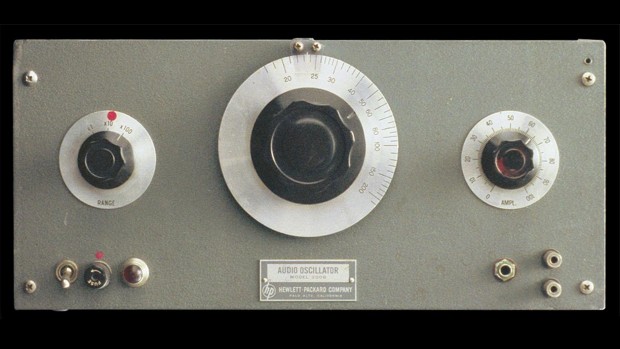
Walt Disney's third feature film, Fantasia, was something of a technological tour de force. Not content with the monoaural sound that was standard in cinemas across the world, Disney pioneered a proprietary multi-channel surround-sound format known as Fantasound. To help realise the film's soundtrack, Disney ordered eight of HP's Model 200B audio oscillators to test and control the multi-channel sound systems. Thanks to the pair's ingenious design, the Model 200B bettered the accuracy and reliability of rival devices, yet did it for a dramatically lower price. The success of the Model 200B meant that one year later, in 1939, Hewlett-Packard was officially born.
1963 The HP 5100A frequency synthesizer, as used by NASA
1964 HP 5060A The flying' atomic clock
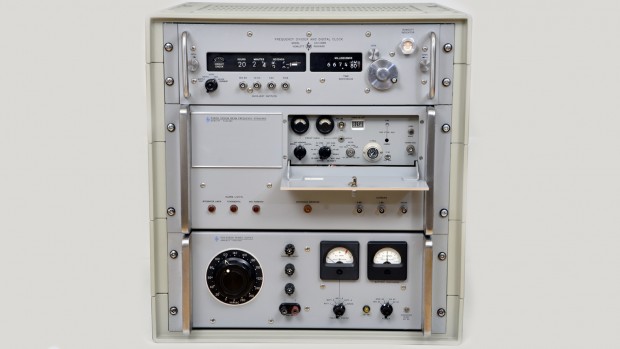
Back in 1964, atomic clocks weren't exactly plentiful and they were all far too big and heavy to move out of the confines of a specialist laboratory. Or rather they were until the HP 5060A came along. This device managed to shrink the cesium-beam technology down into a rack-mounted chassis that could be transported relatively easily, yet was still accurate enough to only lose one second every 3,000 years. It was this compact design that allowed the HP 5060A to play a crucial part in the flying clock' experiments. Finally, atomic clocks could be easily distributed to every corner of the globe in order to allow precise timekeeping across thousands of miles and HP's 5060A became the international standard.
1966 HP introduces the first ruggedised plug-and-play' computer
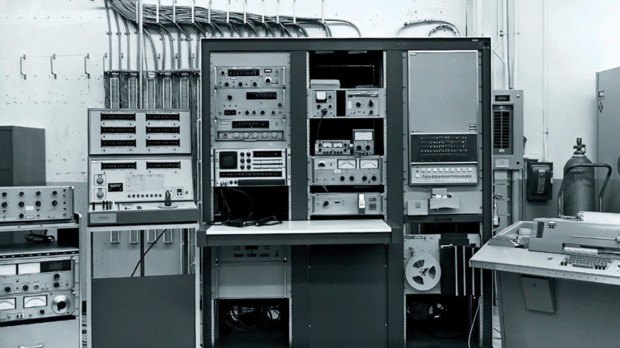
Building on HP's heritage for programmable test and measurement products, the HP 2116A was the first to introduce the concept of plug-and-play' connectivity. As the 2116A was capable of connecting to and interfacing with a wide array of standard laboratory instruments, it was the first device that allowed laboratories to embrace the computerised age. What's more, it was the first example of a genuinely ruggedised, go-anywhere computer, as it was able to pass the same environmental reliability tests that all of HP's instruments were subjected to it was able to operate in temperatures from 0 to 55C and in 95% relative humidity. As a result, the first models of the 2116A found their home at sea in research vessels for Woods Hole Oceanographic Institute, and remained operational in the salt-air environments for over a decade.
1968 The HP 9100A becomes the first personal computer'
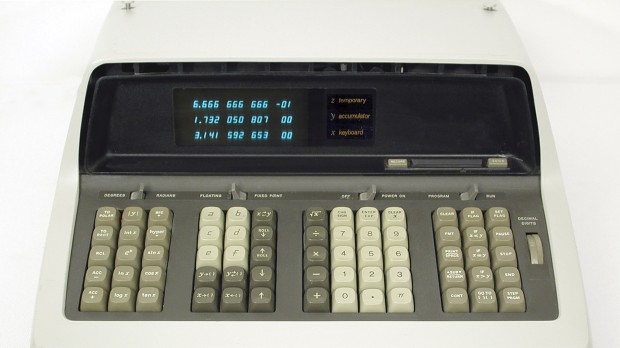
Eight years before the term "personal computer" made it into the Oxford English Dictionary, the HP 9100A was advertised as being exactly that. More specifically, though, it was the first programmable scientific desktop calculator, and it paved the way for the desktop computers of today by storing programs on a magnetic card. And as HP's original advert testifies, this was one serious calculator: "Willing to perform log and trig functions, even hyperbolics and coordinate transformations at the touch of a key. Able to take on roots of a fifth-degree polynomial, Bessel functions, elliptic integrals and regression analysis." Funnily enough, the ad didn't mention whether it ran Windows.
Get the ITPro daily newsletter
Sign up today and you will receive a free copy of our Future Focus 2025 report - the leading guidance on AI, cybersecurity and other IT challenges as per 700+ senior executives
1977 HP introduces the first smartwatch, the HP-01

Wearables might seem like a new phenomenon, but they're nothing of the sort: HP designed and produced the first consumer smartwatch 39 years ago. Back then, though, the HP-01 was described as a wrist instrument'. Rather than telling you about your latest social media updates, it combined a digital wristwatch with a calculator, 200-year personal calendar and alarm, stopwatch and timer functions. It even introduced the idea of a stylus, which stowed away invisibly in the bracelet and made it possible to press the tiny buttons. If you were lucky enough to snap up the gold model pictured above, it was pretty darn good looking too.
1980 HP introduces its first true all-in-one PC
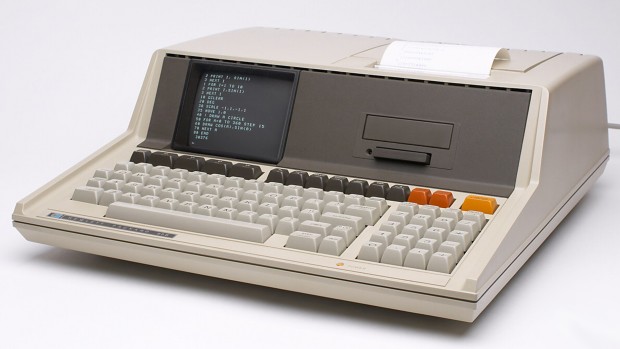
After its reveal in December 1979, the HP-85 finally hit the market in January 1980. This PC took the concept of the all-in-one PC further than any device that had come previously: it combined a built-in keyboard with a 5in screen, thermal printer and tape storage unit, and used the BASIC programming language. With a press of a button, it was possible to instantaneously print out whatever was displayed on screen, including graphics and text. Crucially, though, the only microchips that weren't custom designed by HP were the eight memory chips that combined to provide 8KB of RAM the company's chip-building expertise would eventually lead to its 1994 collaboration with Intel.
1991 The desktop printer finally leaves monochrome behind
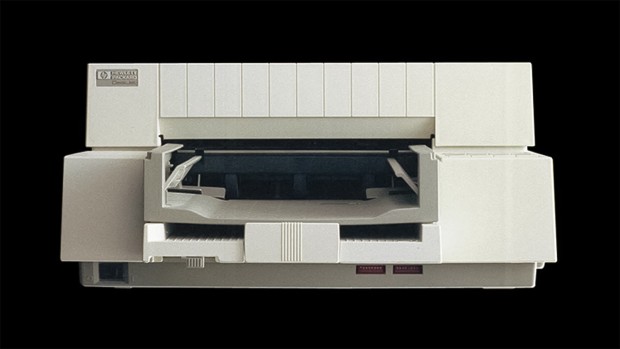
After its pioneering inkjet and laser printers in 1984, HP's next milestone was the HP DeskJet 500C and it changed printing forever. Finally bringing colour printing from the high-end to an affordable desktop-sized device, the DeskJet 500C capitalised on the discoveries made by HP Labs' work on compression, half-toning algorithms and the sRGB colour standard a standard that has made it possible for users to see the same colours on every display and print-out across the world. With a 300dpi printing resolution and a single tri-colour print cartridge, the HP DeskJet 500C was the first printer to bring colour printing within reach of every home and office.
1994 HP and Intel push computing into the 64-bit age
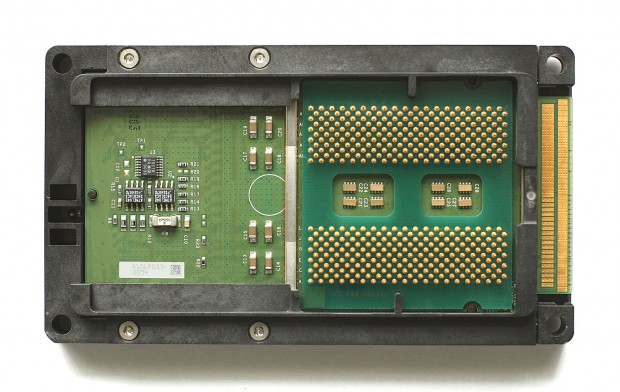
Image: Konstatin Lanzet
In the search for a successor to the aging RISC architecture, HP decided to join forces with Intel to design the enterprise processors of the future which would eventually be known by the codename Itanium. The pairing developed what would become the first 64-bit processor for high-end business and enterprise use.
2014 The HP Sprout looks to a 3D-printed future
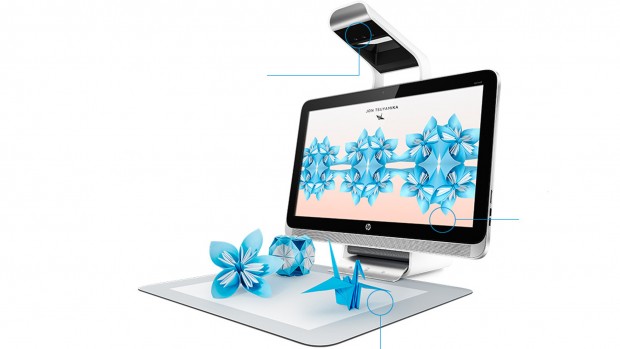
The HP Sprout is the all-in-one PC evolved. While we've all become used to the idea of a touchscreen PC, the Sprout adds an Intel RealSense 3D camera, projector and a touch-sensitive mat to the tried-and-tested formula. Place an object in front of the Sprout, and it's possible to capture a high-resolution colour 3D model of it. Ingeniously, the integrated projector is able to project items onto the mat to allow it to act as a secondary touch-sensitive display. Once captured, it's possible to manipulate the captured 3D objects, and the 20-point touch mat allows up to four people to collaborate on any given project at once. This is the all-in-one PC redesigned for an immersive, 3D-printed future.
Sasha is a freelance journalist who's been writing about tech and consumer products for over two decades. With a career that started at the dawn of the millennium on Computer Buyer magazine, he passed through the official Intel Centrino magazine, Mobile Computer, before rounding off his print career on PC Pro magazine where he reviewed a broad spectrum of hardware and software before eventually specializing in laptop and monitor reviews. After the best part of a decade, he defected to the desks on the other side of the office and spent many years working on Expert Reviews before finally going freelance in 2024. Nowadays, he splits his time between reviewing tech and home appliances, falling off mountain bikes and cleaning up his kids' playroom.
-
 Bigger salaries, more burnout: Is the CISO role in crisis?
Bigger salaries, more burnout: Is the CISO role in crisis?In-depth CISOs are more stressed than ever before – but why is this and what can be done?
By Kate O'Flaherty Published
-
 Cheap cyber crime kits can be bought on the dark web for less than $25
Cheap cyber crime kits can be bought on the dark web for less than $25News Research from NordVPN shows phishing kits are now widely available on the dark web and via messaging apps like Telegram, and are often selling for less than $25.
By Emma Woollacott Published
-
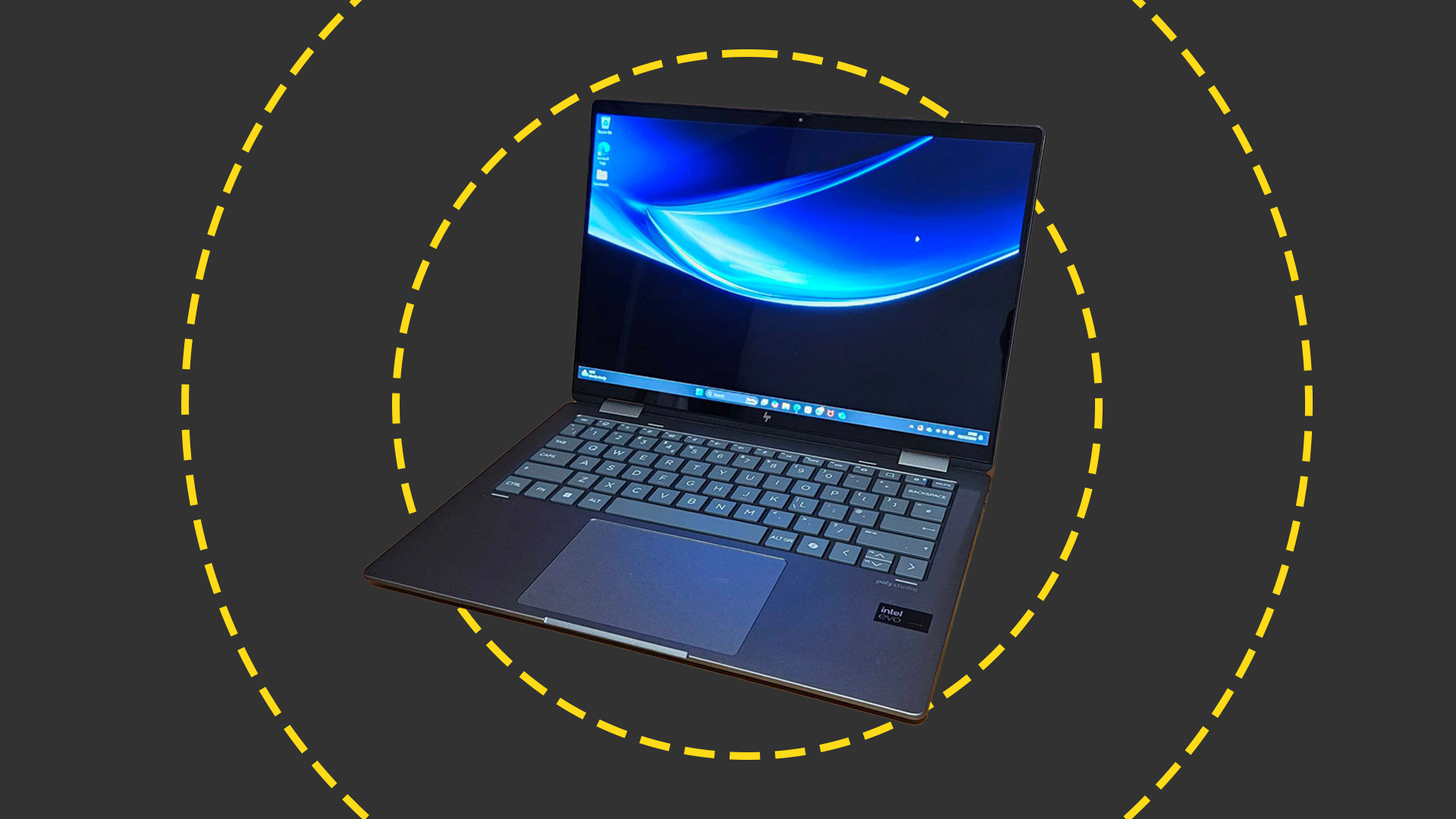 HP Envy x360 2-in-1 (14-FC0009NA) review: A cut-price AI PC for the enterprise
HP Envy x360 2-in-1 (14-FC0009NA) review: A cut-price AI PC for the enterpriseReviews The Intel-powered HP Envy x360 is a decent punt for its price point despite a few bugbears
By Keumars Afifi-Sabet Published
-
 Dell, HP post underwhelming returns as PC market remains in a state of flux
Dell, HP post underwhelming returns as PC market remains in a state of fluxNews Original equipment manufacturers (OEMs) are contending with an impending Windows 10 EOL and a burgeoning AI PC market
By George Fitzmaurice Published
-
 Help skilled workers succeed with Dell Latitude 7030 and 7230 Rugged Extreme tablets
Help skilled workers succeed with Dell Latitude 7030 and 7230 Rugged Extreme tabletswhitepaper Help skilled workers succeed with Dell Latitude 7030 and 7230 Rugged Extreme tablets
By ITPro Published
-
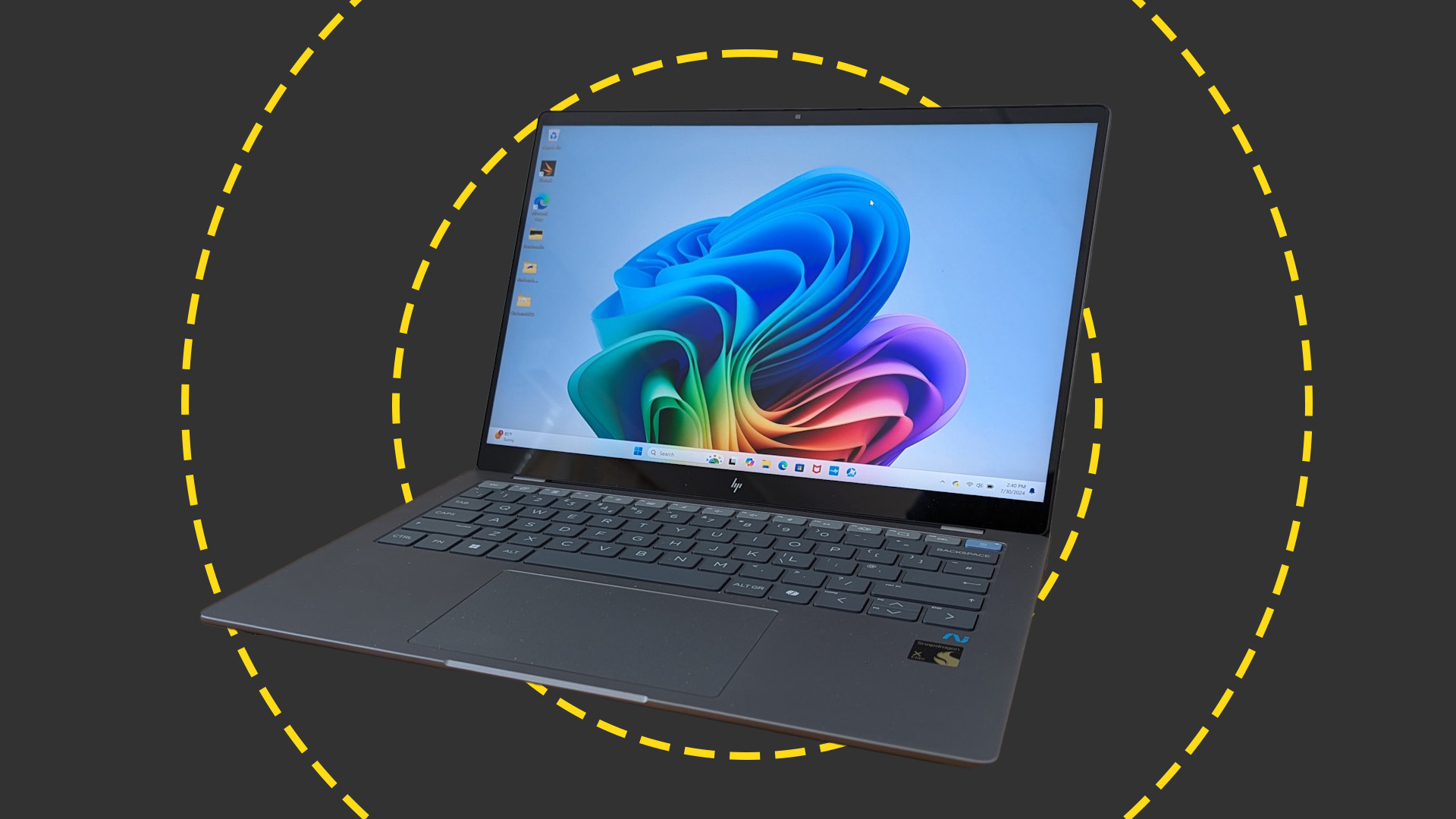
 HP OmniBook X 14 review: Incredible battery life meets Copilot+ AI
HP OmniBook X 14 review: Incredible battery life meets Copilot+ AIReviews Ignore the slightly underwhelming screen and you have a brilliant thin-and-light laptop with AI capabilities and superlative battery life
By Stuart Andrews Published
-
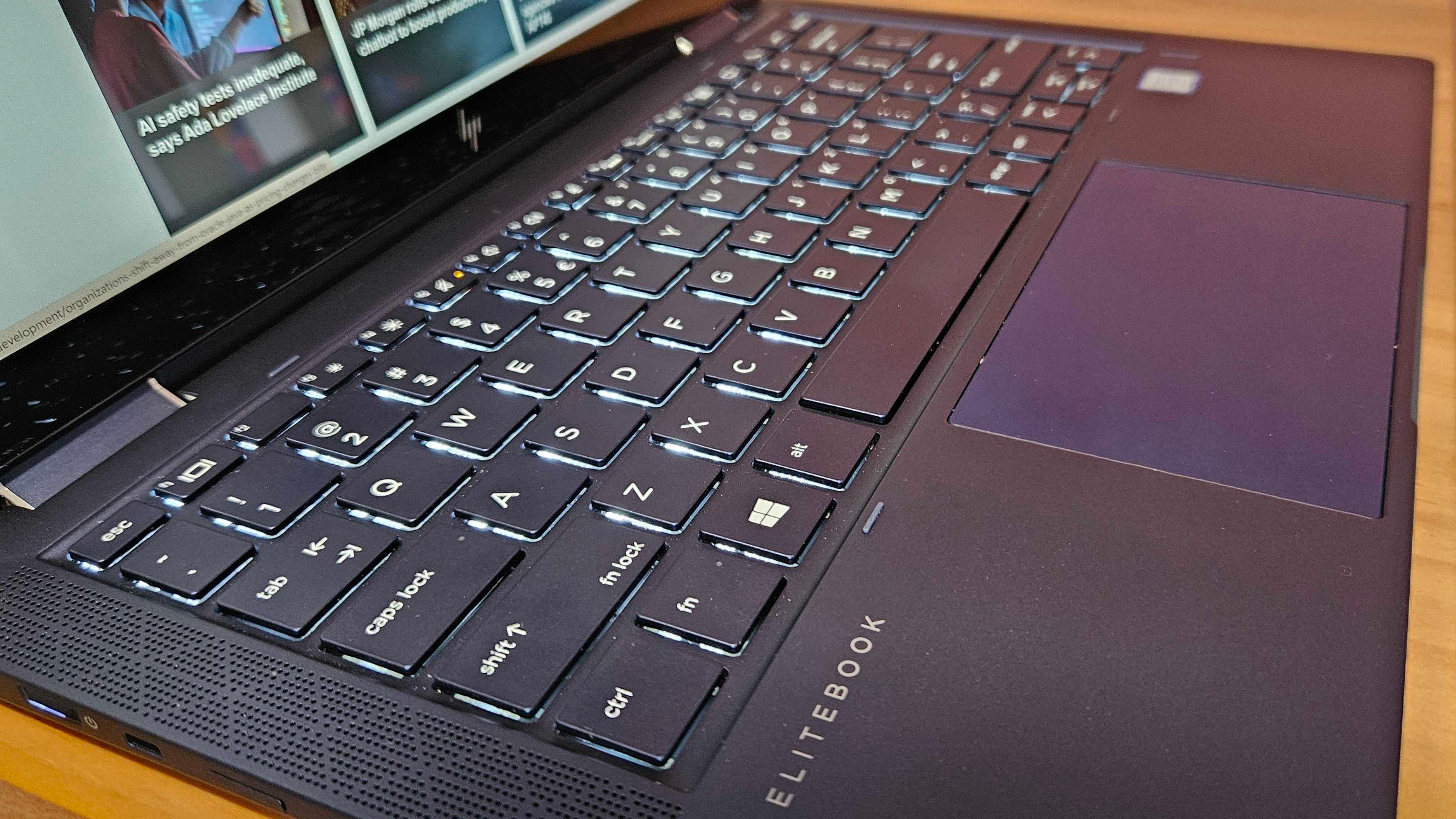 HP has scrapped its most compelling device as it aims for AI PCs — there is nothing like it left on the market
HP has scrapped its most compelling device as it aims for AI PCs — there is nothing like it left on the marketOpinion The HP Elite Dragonfly had everything you needed – a great battery, plenty of power, all the ports, and a fantastic display – until it was killed off
By Keumars Afifi-Sabet Published
-
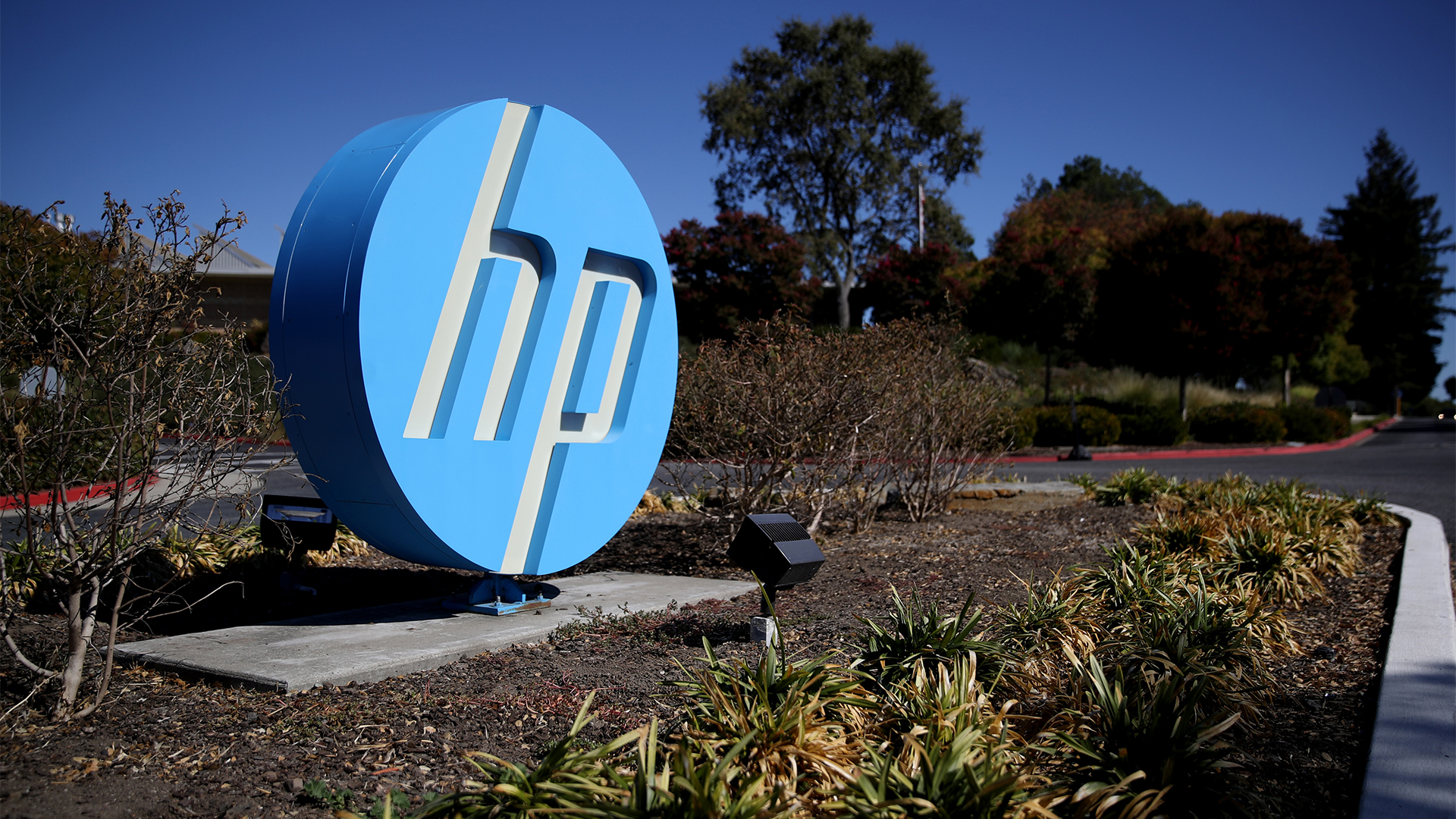 HP shows the AI PC ecosystem is starting to bear fruit — is it time for businesses to take note?
HP shows the AI PC ecosystem is starting to bear fruit — is it time for businesses to take note?Analysis The era of the AI PC may soon be upon us as software vendors start to realize the potential value of processing AI workloads locally
By Solomon Klappholz Published
-
 HP caps off its PC overhaul with the launch of the OmniBook Ultra 14 – its most powerful AI-powered laptop to date
HP caps off its PC overhaul with the launch of the OmniBook Ultra 14 – its most powerful AI-powered laptop to dateNews With the HP Dragonfly, Spectre, and Envy brands ditched in sweeping restructure of device portfolio, the OmniBook Ultra 14 marks the first major step into the era of the AI PC
By Solomon Klappholz Published
-
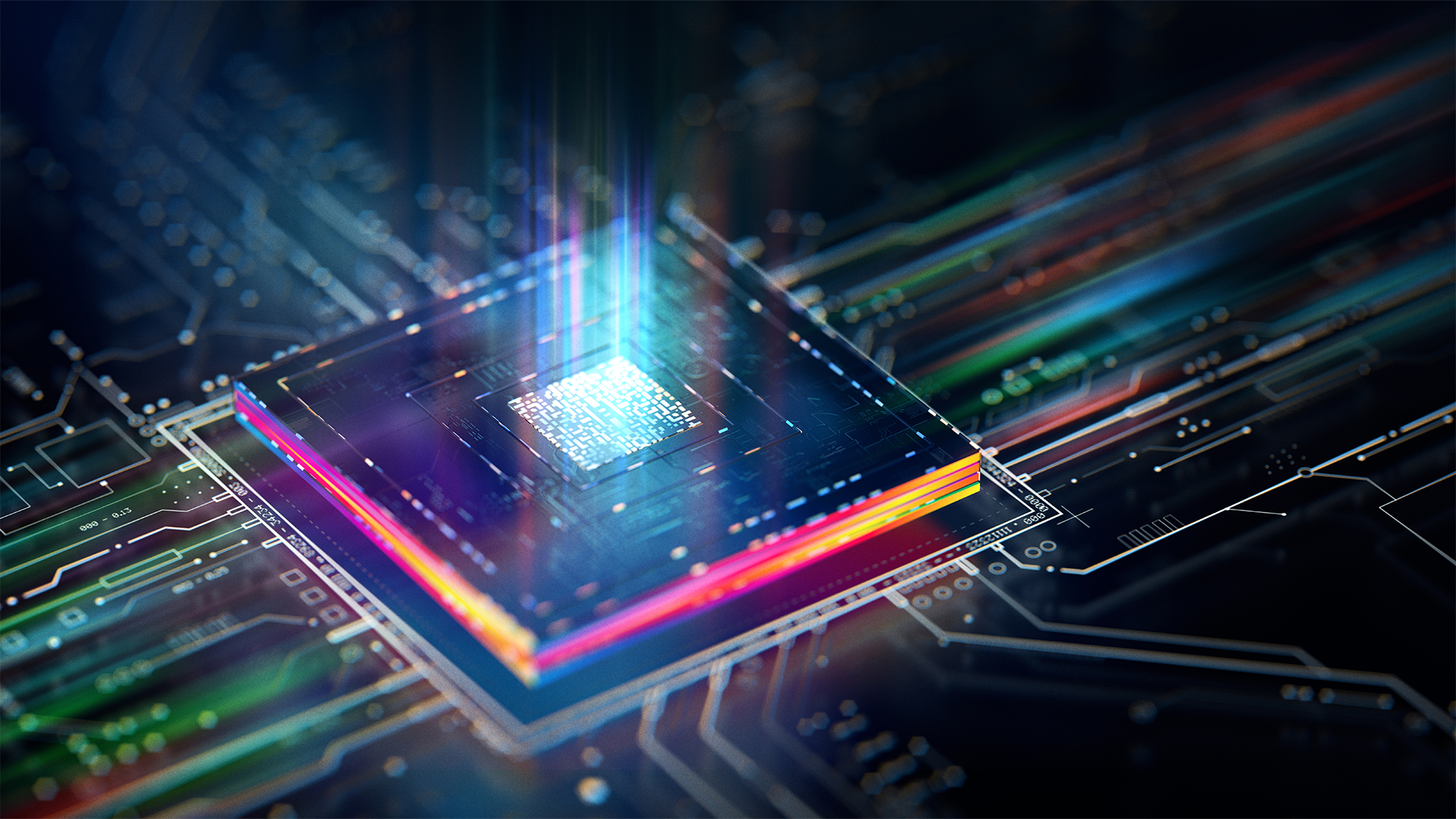 HP just launched the world’s first business PCs designed to protect firmware against quantum hacking
HP just launched the world’s first business PCs designed to protect firmware against quantum hackingNews HP is worried about quantum security risks, so it’s upgrading devices to contend with future threats
By Ross Kelly Published